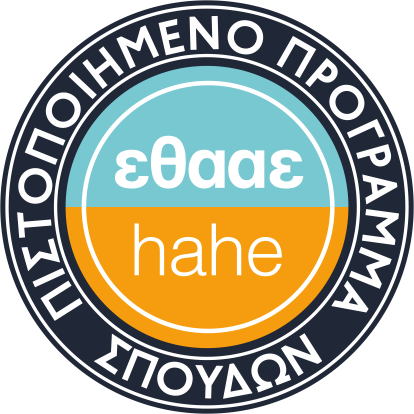Power Electronics I
| Course Code: | YΕΗ3 |
| Course Level: | Undergratuate |
| Obligatory/Elective: | Obligatory |
| Semester: | 7 |
| Division: | Division of Energy |
| Group: | Main Course |
| ECTS Credits: | 5 |
| Hours Per Week: | 5 |
| Website: | eclass.uowm.gr/courses/HMMY108/ |
| Language: | Greek, English |
| Content: | The course of Power Electronics I consists of the following |
| Learning Outcomes: | The aim of the course is to introduce the student to the theory and applications of power electronics systems. In the first part of the course, 2 categories of electronic power converters are studied: rectifiers (AC-DC) and AC-AC converters. Upon successful completion of the course the student will be able to: • Identify, compare and describe the main power semiconductor devices, while the student should also calculate their losses; • Understand and explain the principles of power electronics; • Explain in detail the basic functions of the different types of power converters examined in the 1st part of the course; • Compare and evaluate the individual circuits of each type of power converters; • Implement experimental devices in the laboratory and analyze their operation; • Simulate and explain the operation of basic power converters; • Design power converter circuits belonging to the categories of AC-DC and AC-AC converter; • Use the knowledge acquired to understand converter topologies in practical applications; • Collaborate with his fellow students to prepare teamwork essays. |
| Pre-requirements: | Electrical Circuits I and II |
| Teaching Methods: | • Teaching in the classroom with a video projector and tutorial exercises • Laboratory exercises on AC-DC and AC-AC converters • Possibility of modern distance education |
| Validation: | - Laboratory exercises with group work (30%) |
| Suggested Books: | - Recommended Book RECOMMENDED BIBLIOGRAPHY: [1] Mohan Ned, Undeland Tore A., Robbins William P. 2010, Introduction to Power Electronics, Α. Tziola & Sons Ο.Ε. Publications [2] M. Rashid, 2010, Power Electronics, ION Publications. [3] Mania St., 2017, Power Electronics, Kalamara Elli Publications [4] D. Hart, 2011, Introduction to Power Electronics, Prentice Hall Publications - Recommended Article/Paper RECOMMENDED BIBLIOGRAPHY:
|


